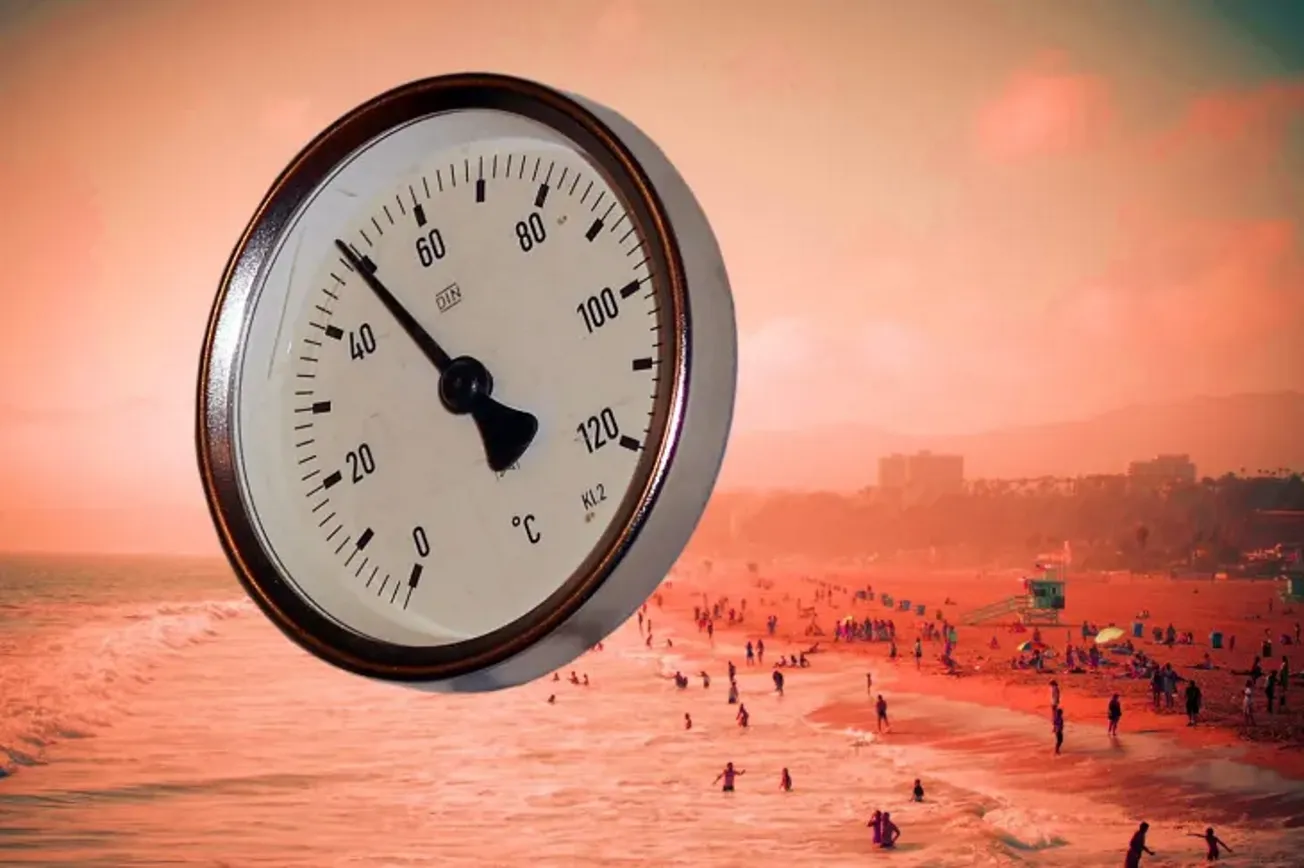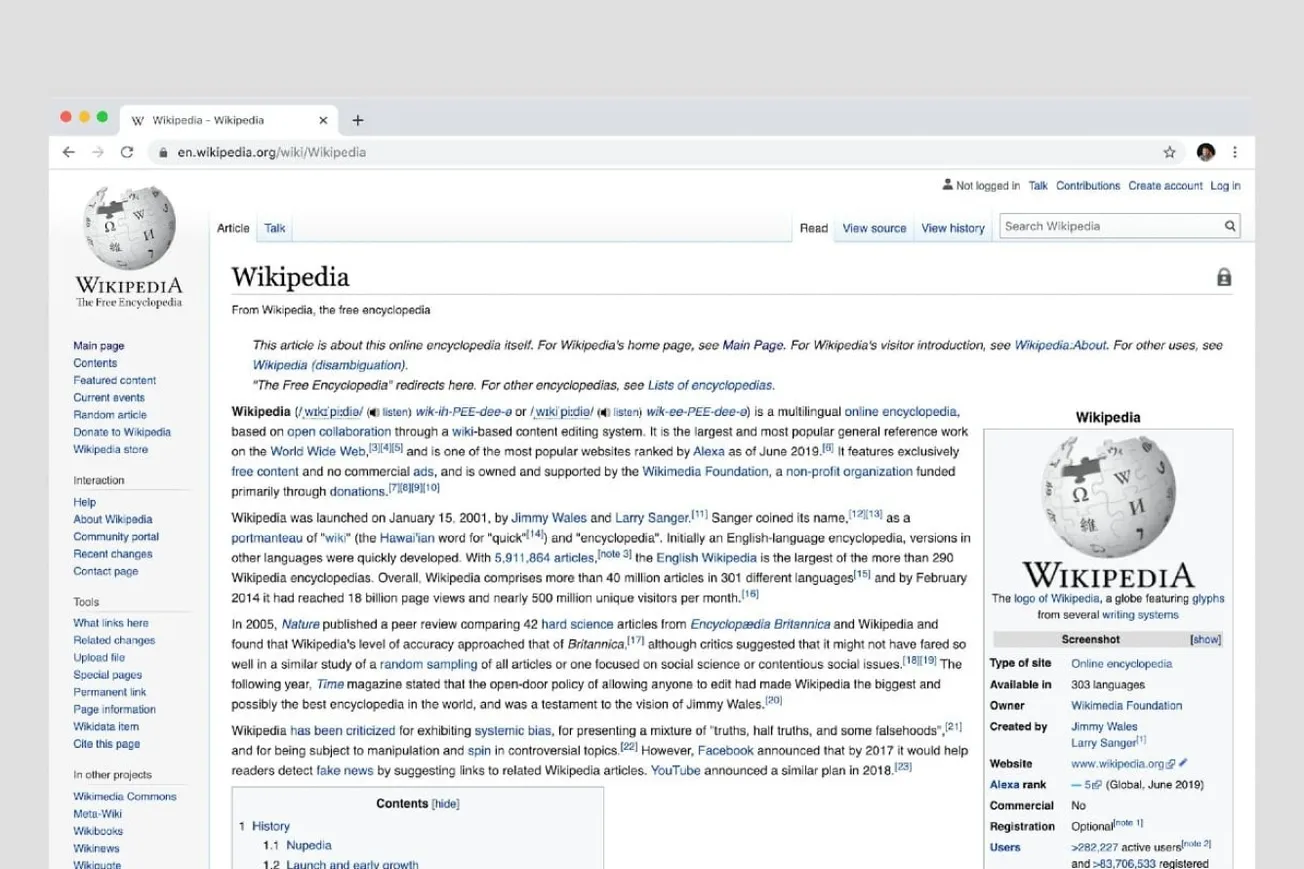“Snowfalls are now just a thing of the past.” — The Independent, March, 20, 2000
“Northern Hemisphere Snow Cover At 56-Year High.” — ZeroHedge, Nov. 24, 2022
We feel confident in saying that not a single prediction of global warming catastrophe has occurred. The alarmists know their forecasts of doom have been comically wrong. But rather than admit their errors, they point to natural events as evidence that they’re not wrong and keep warning us that the end is near.
There must be something wrong with them.
It was David Viner, a senior research scientist at the University of East Anglia’s climatic research unit, who told the Independent in 2000 that within just a few years, winter snow was going to become “a very rare and exciting event.”
“Children just aren’t going to know what snow is,” he said, 22 years before snow cover in the Northern Hemisphere reached a record high.
Retired meteorologist Anthony Watts called Viner’s foolish statement “likely one of the most cited articles ever that illustrates the chutzpah and sheer hubris on display from a climate scientist who was so certain he could predict the future with certainty.”
So has Viner since taken a lower profile within the alarmist community? Or decided he is better suited to be a greeter at Walmart? Not a chance. He’s continued to be a part of the United Nations Climate Scare Team (not its official name, but that’s what it should be called), and earlier this year he was named head of environmental science for CGG, which calls itself “a global geoscience technology leader.”
Viner is of course only one of many climate doomsday prophets who have made forecasts that seemed more like the rantings of a mental hospital patient. Their miserable record has been covered by esteemed columnists, reputable think tanks, and occasionally the media. There’s even a Facebook page dedicated to climate change predictions.
At this point it’s fair to ask: What is the difference, if any, between the climate alarmists and the religious cults that predict the end of the world, and rather than humbly rethink their premises after their predictions fail, claim that they just got the day wrong and double down on the loco?
Our answer: The only real difference is that while the doomsday cults have no political power and are routinely skewered by the media, the climate alarmists have nearly unchallenged political clout, deep and wide institutional patronage, and the uncritical support of a press that is not merely sympathetic but actively promotes a deception agenda.
Just as a religious cult has zero tolerance for questions or critical inquiry (one of the warning signs that a group or a leader is potentially unsafe), the climate alarmist community has tried to keep its research safe from scientific scrutiny.
Another warning sign of cult activity, according to the Cult Education Institute, is “uncharacteristically stilted and seemingly programmed conversation.” This is a hallmark of climate alarmists, from researchers who keep making claims as if they’re reading from a script, to protesters who constantly repeat meaningless phrases found on the bumper sticker of a 2007 Prius.
We’re not saying the climate alarmists are insane. But we feel it is our duty to point out that they do say the same things over and over and expect that this time they’ll get it right.
— Written by the I&I Editorial Board









